|
[1]
|
Nojavan S, Jalali M, Zare K (2014) Optimal allocation of capacitors in radial/mesh distribution systems using mixed integer nonlinear programming approach. Electr Power Syst Res 107: 119-124. doi: 10.1016/j.epsr.2013.09.019

|
|
[2]
|
Mohandas N, Balamurugan R, Lakshminarasimman L (2015) Optimal location and sizing of real power DG units to improve the voltage stability in the distribution system using ABC algorithm united with chaos. Int J Electr Power Energy Syst 66: 41-52. doi: 10.1016/j.ijepes.2014.10.033

|
|
[3]
|
Majidi M, Ozdemir A, Ceylan O (2017) Optimal DG allocation and sizing in radial distribution networks by cuckoo search algorithm. 19th International Conference on Intelligent System Application to Power Systems (ISAP), San Antonio, TX, USA.
|
|
[4]
|
Marimuthu A, Gnanambal K, Priyanka R (2017) Optimal allocation and sizing of DG in a radial distribution system using whale optimization algorithm. International Conference on Innovations in Green Energy and Healthcare Technologies (IGEHT), Coimbatore, India.
|
|
[5]
|
Ahmed A, Mohamed R (2018) Multi-objective distributed generation allocation and sizing using swarm intelligence based algorithms. 19th IEEE Mediterranean Electro-Technical Conference (MELECON), Marrakech, Morocco.
|
|
[6]
|
Kumar Y, Kumar N (2018) Optimal allocation of distribution generation units in radial distribution systems using nature inspired optimization techniques. International Conference on Power, Energy, Control and Transmission Systems (ICPECTS), Chennai, India.
|
|
[7]
|
Legha M, Tavakoli M, Ostovar F, et al. (2013) Capacitor placement in radial distribution system for improved network efficiency using artificial bee colony. Int J Eng Res Appl 3: 228-233.
|
|
[8]
|
Fard A, Samet H (2013) Multi-objective performance management of the capacitor allocation problem in distributed system based on adaptive modified honey bee mating optimization evolutionary algorithm. Electr Power Compon Syst 41: 1223-1247. doi: 10.1080/15325008.2013.816981

|
|
[9]
|
El-Fergany A, Abdelaziz A (2014) Artificial bee colony algorithm to allocate fixed and switched static shunt capacitors in radial distribution networks. Electr Power Compon Syst 42: 427-438. doi: 10.1080/15325008.2013.856965

|
|
[10]
|
Zakka S, Reddy M, Palepu S (2012) Optimal capacitor placement using fuzzy and artificial bee colony algorithm for maximum loss reduction. Int J Sci Eng Res 3: 1-7.
|
|
[11]
|
Reddy V, Manoj A (2014) Optimal capacitor placement for loss reduction in distribution systems using bat algorithm. IOSR J Eng 2: 23-27.
|
|
[12]
|
Reddy P, Prasad D (2014) Sensitivity based capacitor placement using cuckoo search algorithm for maximum annual savings. IOSR J Eng 4: 6-9.
|
|
[13]
|
Das P, Banerjee S (2014) Optimal sizing and placement of capacitor in a radial distribution system using loss sensitivity factor and firefly algorithm. Int J Eng Comput Sci 3: 5346-5352.
|
|
[14]
|
Dinakara P, Suresh M (2014) Optimal capacitor placement using firefly algorithm for power loss reduction in distribution system. International Conference on Advances in Engineering and Technology-(ICAET), Incheon, South Korea.
|
|
[15]
|
Punithavathy S, Ajin S, Jeeva M, et al. (2016) Optimum capacitor placement for maximum power loss reduction in distribution system by using fruitfly algorithm. Int J Res Appl Sci Eng Technol (IJRASET) 4: 903-906.
|
|
[16]
|
Sultana S, Roy P (2015) Optimal allocation of capacitor in radial distribution systems using oppositional krill herd algorithm. Michael Faraday IET International Summit, Kolkata, India.
|
|
[17]
|
Mohammadian L, Hagh M, Babaei E, et al. (2012) Using PSO for optimal planning, and reducing loss of distribution networks. Proceedings of 17th Conference on Electrical Power Distribution, Tehran, Iran.
|
|
[18]
|
Mendoza G, Vacas V, Ferreira N (2018) Optimal capacitor allocation and sizing in distribution networks using particle swarm optimization algorithm. Workshop on Communication Networks and Power Systems (WCNPS), Brasilia, Brazil.
|
|
[19]
|
Al-Ammar E, Ghazi G, Ko W (2018) Optimal capacitor placement in radial distribution systems using a fuzzy-dragonfly method. Int J Smart Grid Clean Energy 8: 116-1124.
|
|
[20]
|
Al-Ammar E, Ghazi G, Ko W (2018) New technique for optimal capacitor placement and sizing in radial distribution systems. 10th International Conference on Computational Intelligence and Communication Networks (CICN), Esbjerg, Denmark.
|
|
[21]
|
Ghazi G (2018) Volt/VAr optimization using hybrid techniques for smart grid distribution systems. M.S. Thesis, King Saud university, Riyadh.
|
|
[22]
|
Al-Ammar E, Ghazi G, Ko W (2018) Impact of ambient temperature on shunt capacitor placement in a distorted radial distribution system. Energies 11: 1585. doi: 10.3390/en11061585

|
|
[23]
|
Zeinalzadeh A, Mohammad Y, Moradi M (2015) Optimal multi objective placement and sizing of multiple DGs and shunt capacitor banks simultaneously considering load uncertainty via MOPSO approach. Int J Electr Power Energy Syst 67: 336-339. doi: 10.1016/j.ijepes.2014.12.010

|
|
[24]
|
Shayanfar H, Shayeghi H, Alilou M, et al. (2017) Multi-Objective allocation of DG simultaneous with capacitor and protective device including load model. 19th International Conference on Artificial Intelligence, USA.
|
|
[25]
|
Shayeghi H, Alilou M (2015) Application of multi objective HFAPSO algorithm for simultaneous placement of DG, capacitor and protective device in radial distribution network. J Oper Autom Power Eng 3: 131-146.
|
|
[26]
|
Parizad A, Khazali A, Kalantar M (2010) Sitting and sizing of distributed generation through Harmony Search Algorithm for improve voltage profile and reduction of THD and losses. Electrical and Computer Engineering (CCECE), Canadian Conference, Calgary, AB, Canada.
|
|
[27]
|
Parizad A, Hatziadoniu K (2020) Security/stability-based Pareto optimal solution for distribution networks planning implementing NSGAII/FDMT. Energy 192: 116644. doi: 10.1016/j.energy.2019.116644

|
|
[28]
|
Parizad A, Khazali A, Kalantar M (2010) Optimal placement of distributed generation with sensitivity factors considering voltage stability and losses indices. 18th Iranian Conference on Electrical Engineering, Isfahan, Iran.
|
|
[29]
|
El-Ela AAA, El-Sehiemy RA, Abbas AS (2018) Optimal placement and sizing of distributed generation and capacitor banks in distribution systems using water cycle algorithm. IEEE Syst J 12: 3629-3636. doi: 10.1109/JSYST.2018.2796847

|
|
[30]
|
Prasad C, Subbaramaiah K, Sujatha P (2019) Cost-benefit analysis for optimal DG placement in distribution systems by using elephant herding optimization algorithm. Renewables: Wind, Water, Sol 6: 1-12. doi: 10.1186/s40807-019-0055-x

|
|
[31]
|
Abass Y, Abido M, Al-Muhaini M, et al. (2019) Multi-Objective optimal DG sizing and placement in distribution systems using particle swarm optimization. IEEE Innovative Smart Grid Technologies-Asia (ISGT Asia), Chengdu, China.
|
|
[32]
|
Olatunde O, Rahman H (2019) Allocation of distributed generation and capacitor banks in distribution system. Indones J Electr Eng Comput Sci 13: 437-447. doi: 10.11591/ijeecs.v13.i2.pp437-446

|
|
[33]
|
Sambaiah K, Jayabarathi T (2019) Optimal allocation of renewable distributed generation and capacitor banks in distribution systems using Salp Swarm algorithm. Int J Renewable Energy Res 9: 96-107.
|
|
[34]
|
Tolba M, Rezk H, Diab AAZ, et al. (2018) A novel robust methodology based salp swarm algorithm for allocation and capacity of renewable distributed generators on distribution grids. Energies 11: 2556. doi: 10.3390/en11102556

|
|
[35]
|
Rajendran A, Narayanan K (2020) Optimal multiple installation of DG and capacitor for energy loss reduction and load ability enhancement in the radial distribution network using the hybrid WIPSO-GSA algorithm. J Ambient Energy 41: 129-141. doi: 10.1080/01430750.2018.1451371

|
|
[36]
|
Samala R, Kotapuri M (2020) Optimal allocation of distributed generations using hybrid technique with fuzzy logic controller radial distribution system. SN Appl Sci 2: 1-14.
|
|
[37]
|
Almabsout EA, El-Sehiemy RA, Nuri Uç An O, et al. (2020) A hybrid local Search-Genetic algorithm for simultaneous placement of DG units and shunt capacitors in radial distribution systems. IEEE Access 8: 54465-54481. doi: 10.1109/ACCESS.2020.2981406

|
|
[38]
|
Dehghani M, Montazeri Z, Malik O (2020) Optimal sizing and placement of capacitor banks and distributed generation in distribution systems using spring search algorithm. Int J Emerging Electr Power Syst 21: 1-9.
|
|
[39]
|
El-Ela AAA, El-Sehiemy RA, Kinawy A, et al. (2016) Optimal capacitor placement in distribution systems for power loss reduction and voltage profile improvement. IET Gener, Trans Distrib 10: 1209-1221. doi: 10.1049/iet-gtd.2015.0799

|
|
[40]
|
Baghzouz Y (1991) Effects of nonlinear loads on optimal capacitor placement in radial feeders. IEEE Trans Power Deliv 6: 245-251.
|
|
[41]
|
Chakravorty M, Das D (2001) Voltage stability analysis of radial distribution networks. Int J of Electr Power Energy Syst 23: 129-135. doi: 10.1016/S0142-0615(00)00040-5

|
|
[42]
|
Blooming T, Carnovale D (2006) Application of IEEE STD 519-1992 harmonic limits. Conference Record of 2006 Annual Pulp and Paper Industry Technical Conference, Appleton, WI, USA.
|
|
[43]
|
Saudi Electricity Company (SEC) (2017) Annual statistical booklet for electricity and seawater desalination industries. Authority, Riyadh, Saudi Arabia, 10.
|
|
[44]
|
Moradia M, Zeinalzadehb A, Mohammadia Y, et al. (2014) An efficient hybrid method for solving the optimal sitting and sizing problem of DG and shunt capacitor banks simultaneously based on imperialist competitive algorithm and genetic algorithm. Int J Electr Power Energy Syst 54: 101-111. doi: 10.1016/j.ijepes.2013.06.023

|
|
[45]
|
Shehata R, Mekhamer S, Badr M (2013) Solution of the capacitor allocation problem using a new accelerated particle swarm optimization algorithm. Int J Power Eng Energy (IJPEE) 4: 406-413.
|
|
[46]
|
Mirjalili S, Saremi S, Mirjalili SM, et al. (2016) Multi-objective grey wolf optimizer: a novel algorithm for multi-criterion optimization. Expert Syst Appl 47: 106-119. doi: 10.1016/j.eswa.2015.10.039

|
|
[47]
|
Rao R (2010) Capacitor placement in radial distribution system for loss reduction using artificial bee colony algorithm. Int J Electron Commun Eng 4: 84-88.
|











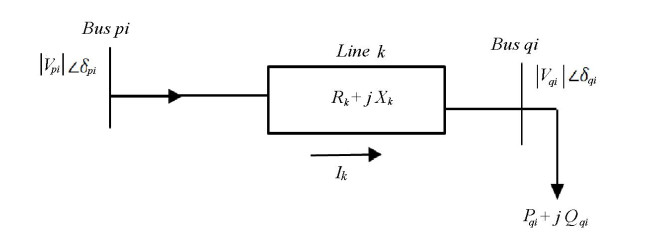
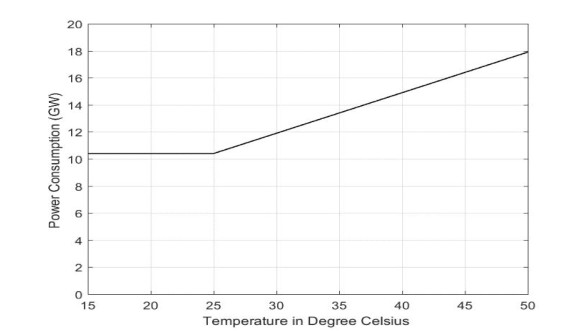
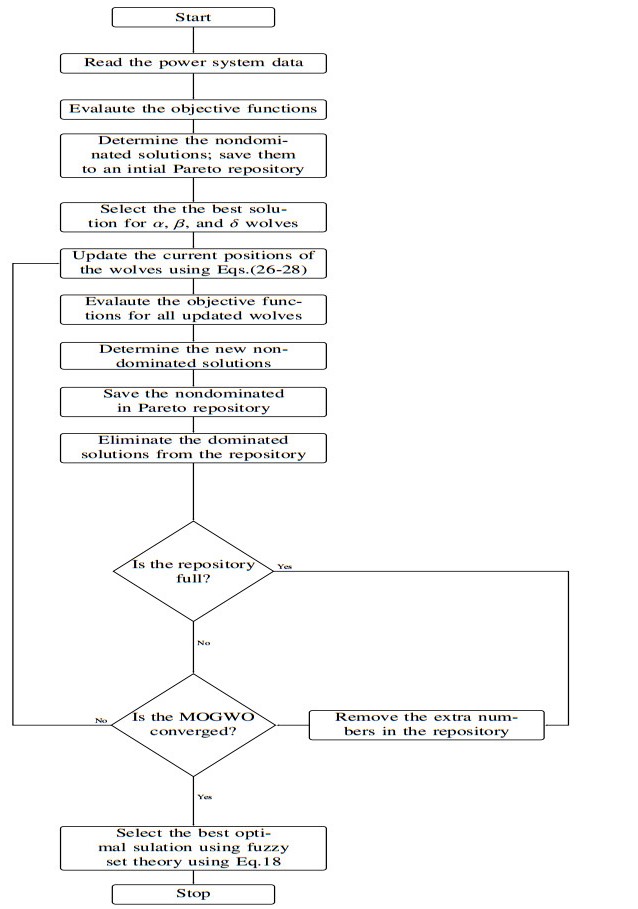

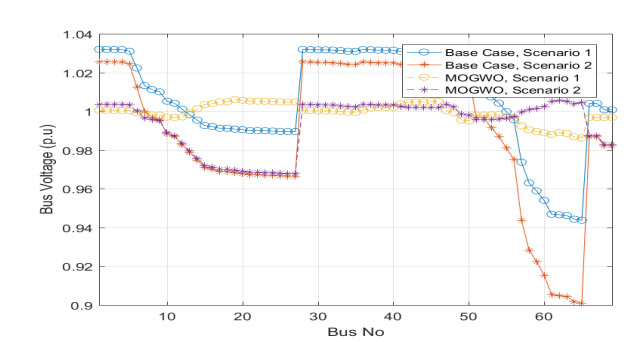
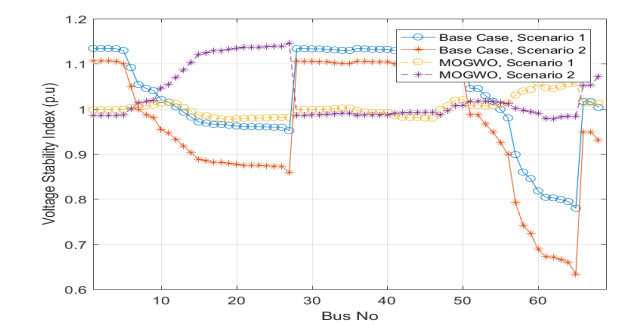
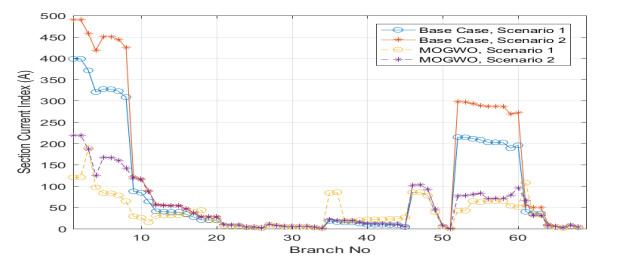
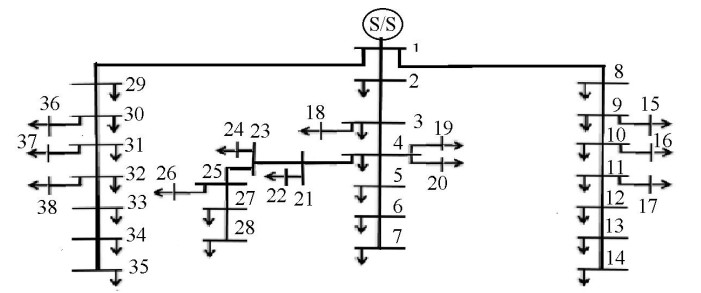
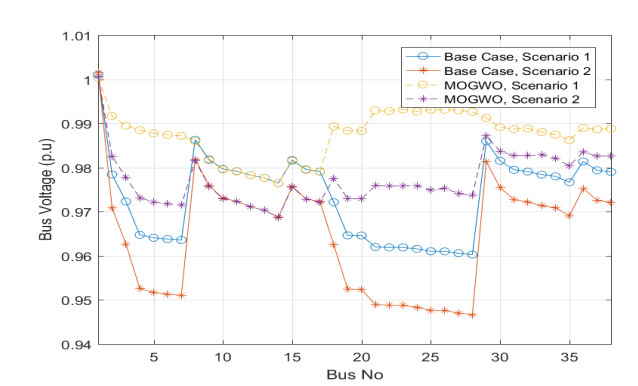
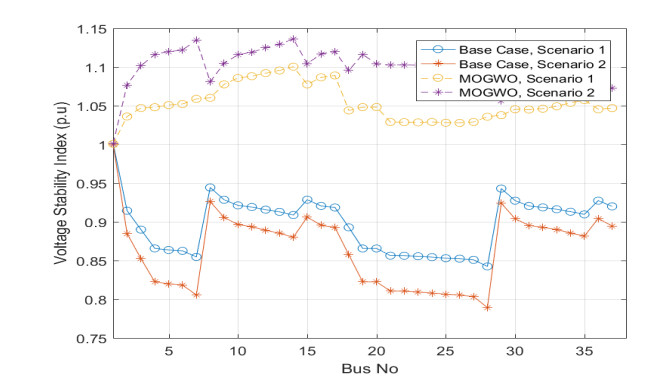
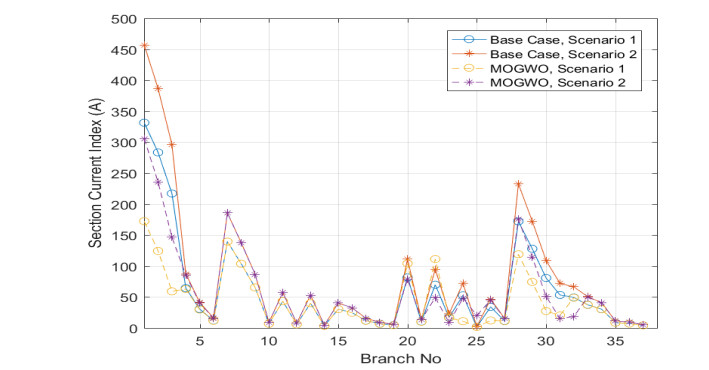


 DownLoad:
DownLoad: